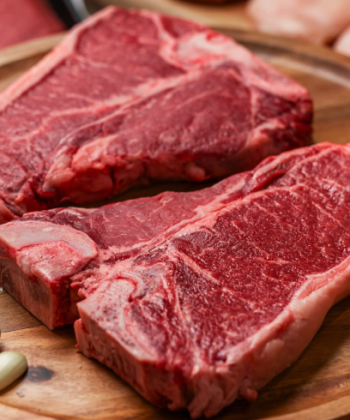In the culinary world, food presentation is an art form that plays a crucial role in the dining experience. It’s not just about the flavors and textures of the dish but also about how it’s visually presented. This artistry is especially significant in high-end dining establishments, where every detail counts in creating a memorable meal.
The Evolution of Food Plating:
The history of food presentation is deeply intertwined with the evolution of culinary arts. In the past, the emphasis was primarily on the abundance and variety of food on the plate. However, with modern culinary techniques and the influence of different cultures, the focus shifted toward plating aesthetics. Today, chefs regard the plate as a canvas, where each dish element is thoughtfully placed to create a visually stimulating experience.
The Psychology Behind Food Presentation
It’s well-documented that the visual presentation of food can impact a diner’s perception and enjoyment. A beautifully plated dish can enhance the perceived taste andvalue, making the dining experience more enjoyable. This psychological aspect is why chefs invest time and creativity in appealingly presenting their dishes.
In top-tier restaurants, such as those found in Corona del Mar, the art of food presentation is taken to another level. Chefs in these establishments understand that the first impression of a dish can profoundly influence the diner’s overall experience. For instance, at a restaurant in corona del Mar, the presentation of a dish is carefully designed to tell a story, reflect the chef’s culinary philosophy, and showcase the quality of the ingredients.
Techniques and Trends in Plating
Chefs employ various techniques in food presentation, such as acts, texture variations, and strategic placement of ingredients. The goal is to create a dish that is as pleasing to the eye as it is to the palate. Contemporary trends in plating include minimalism, which focuses on simplicity and highlighting the quality of the ingredients, and maximalism, which involves more elaborate and decorative presentations.
The Role of presentation in dining experiences
The way a dish is plated and presented significantly contributes to the ambiance and theme of a restaurant. It reflects the chef’s attention to detail and commitment to providing an exceptional dining experience. In high-end restaurants, presentation is part of the narrative of the meal, contributing to the storytelling aspect of the culinary experience.
Chef Insights on the Importance of Presentation
Many chefs believe that the presentation of food is as essential as its taste. A well-presented dish not only appeals to the senses but also demonstrates the chef’s respect for the ingredients and their craft. The presentation is a form of expression, allowing chefs to convey their creativity and passion for food.
The Future of Food Presentation
As culinary trends continue to evolve, so will the techniques and styles of food presentation. With the growing influence of social media and food photography, the visual appeal of dishes is more important than ever. Chefs are constantly challenged to innovate and create visually captivating dishes that stand out and capture the diner’s imagination.
Conclusion
The art of food presentation is a fundamental aspect of the culinary experience, particularly in fine dining. It’s a testament to a chef’s skill, creativity, and attention to detail. A well-presented dish not only enhances the flavors but also enriches the overall dining experience, making it more is memorable and satisfying. The visual aspect of dining, as showcased in top-tier restaurants like those in Corona del Mar, plays a vital role in bridging the gap between the plate and the palate, turning a meal into an extraordinary experience.


